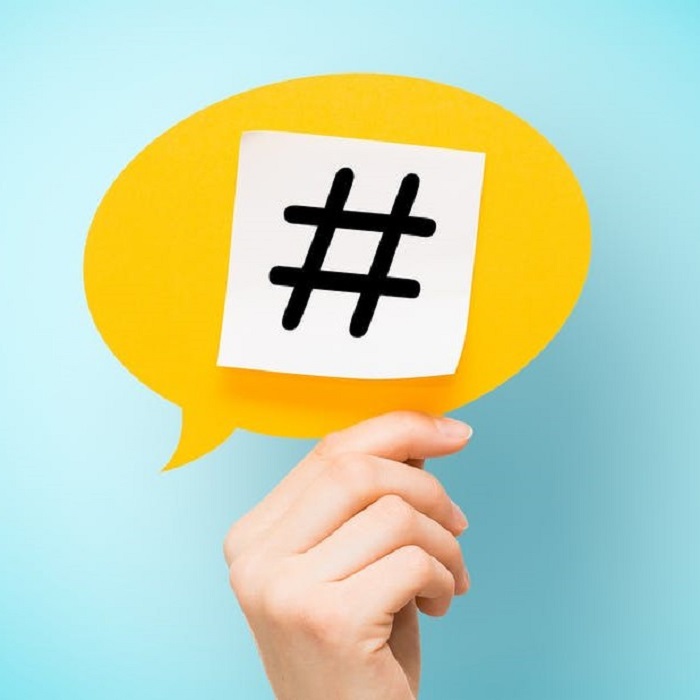What is a Hashtag and how do I use it?
In the age of social distancing, we rely more than ever before on social media to connect. Whether it be connecting with brands, the news, friends, or fun animal accounts – we are all looking for a way to feel included in the online community. Hashtags have been around for many years as ways to help algorithms connect conversations and boost discovery. However, as a digital marketer, I often come across hashtags being used ineffectively.
1. A hashtag is a connector
When you place a # before a word, it lets social media algorithms determine that your post is part of a specific conversation. If the post you are producing is important to a specific audience, a hashtag will help individuals identify the content that is relevant. Just like you can follow accounts, you can follow hashtags.
For example, #BlackLivesMatter is a hashtag that helps accumulate important news and information about protests, organization donations, and document police violence. Individuals follow the hashtag to keep in the loop on those specifics.
2. Trending Topics
If enough accounts use a specific hashtag or a recurring one such as #TBT or #ThrowBackThursday, Twitter can determine if it is a trending topic and Instagram places you in the search discoverability. The benefits of using a trending topic hashtag include increased exposure of your content, your followers being told you are posting about that topic, and ensures that you are a part of a larger narrative. However, if the content you are posting does not have any connection to the hashtag being used, it will receive little to no engagement and possibly backlash.
3. A hashtag is not a way to place emphasis
Just because you place a # before a word, it does not make that word more important. Many individuals fall into this trap which then leads to the content being linked to conversations and narratives it was not intended for. This commonly happens when hashtags are placed on adjectives instead of topics.
4. Over hashtagging
One might think that if one hashtag connects the post to one conversation, multiple hashtags will connect the content to multiple conversations.
While in theory that makes sense, in practice, the post loses public appeal and may not apply to all the conversations it has been linked to.
5. Do your research
Before you use a hashtag, do a quick search on what types of content it has been associated with in the past. Innocent sounding words in combination might lead to a conversation you and your brand would rather steer clear from. If you are creating a new hashtag so that you can easily follow content created about your brand, you’ll also want to make sure nobody else has used it before and it’s not associated with a competitor, making it ownable.
6. Best Practices
Each platform is different in terms of character count and functionality. While hashtags initially were only used on Twitter, they are now commonly used across all platforms (Twitter, Facebook, Instagram, LinkedIn). Whenever possible, it is always better to incorporate your hashtags into the copy of the content you are creating and hashtagging a word mid-sentence rather than placing a bunch at the end.
Best practice would state to use two hashtags on Twitter or LinkedIn, two-five on Facebook, and up to seven on Instagram.
Hashtags when used properly can increase SEO on your content as well as connect you to new followers. To learn more about creating a hashtag strategy for your social media content, drop us a line.
Abby Radovski is an Account Director with ruckus Digital.

